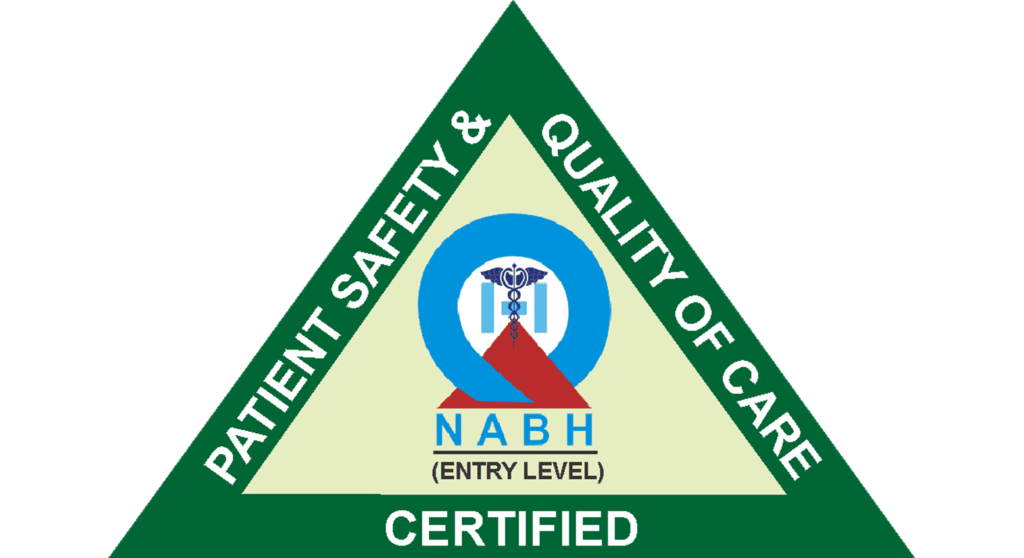Cataract Treatment in Vileparle and Santacruz
Cataract Diagnosis & Treatment
Retinal Laser Photocoagulation
What is Retinal Laser Photocoagulation

Types and benefits of Retina Laser
Proliferative diabetic retinopathy (PDR) is an advanced stage of diabetic retinopathy that occurs when diabetes remains uncontrolled over an extended period, causing progressive changes in retinal blood vessels. This condition poses a significant threat to vision. Without prompt intervention, PDR can lead to complications such as abnormal vessel bleeding within the eyes and retinal detachment.
Retinal laser therapy is beneficial in managing PDR since it reduces the likelihood of these complications. The doctor uses pan-retinal photocoagulation (PRP) as the treatment approach for PDR.
The retina is a complete 360-degree structure essential for vision. Within it, the macula serves as the central area responsible for precise vision.
Proliferative diabetic retinopathy (PDR) is a progressed stage of diabetic retinopathy caused by uncontrolled diabetes for an extended period of time, resulting in progressive changes in retinal blood vessels. This condition is extremely dangerous to one’s vision. PDR, if not treated promptly, can result in adverse effects such as abnormal vessel bleeding within the eyes and retinal detachment.
Retinal laser therapy assists in the management of PDR because it lessens the likelihood of these complications. PDR is treated with pan-retinal photocoagulation (PRP) by the doctor. Laser therapy is directed at the poorly vascularized regions of the retina while sparing the macula in cases of proliferative diabetic retinopathy. The treatment is usually carried out in three to four sessions, gradually covering the nearly 360-degree retina with laser spots. This therapy effectively prevents the formation of abnormal blood vessels and the complications that accompany them.






